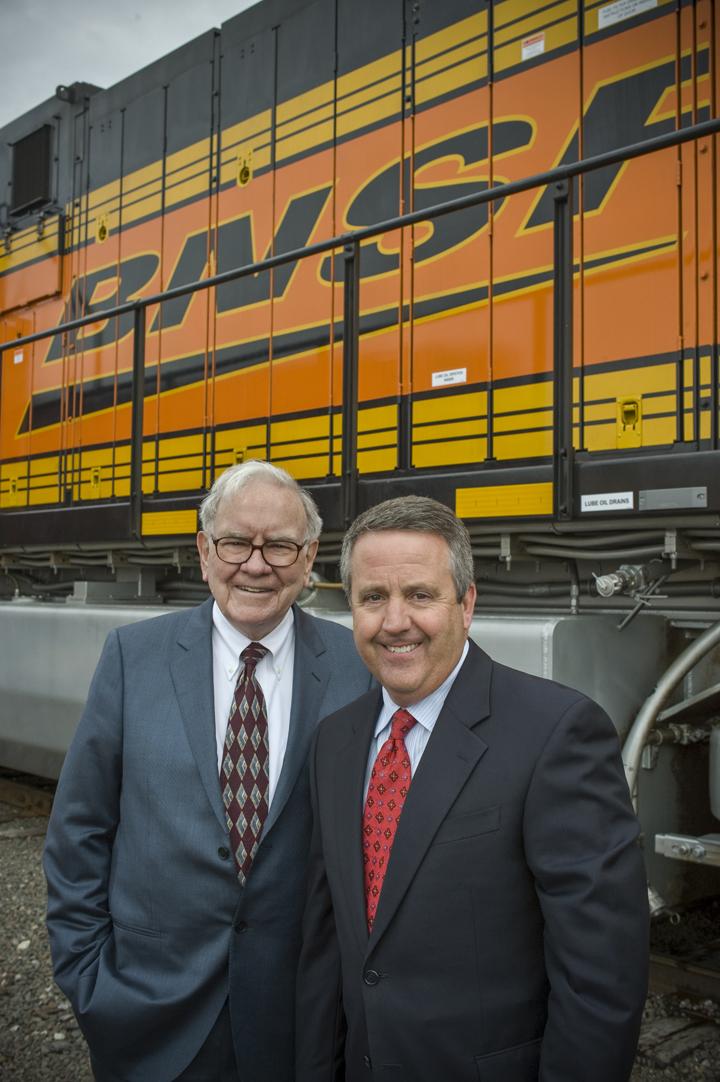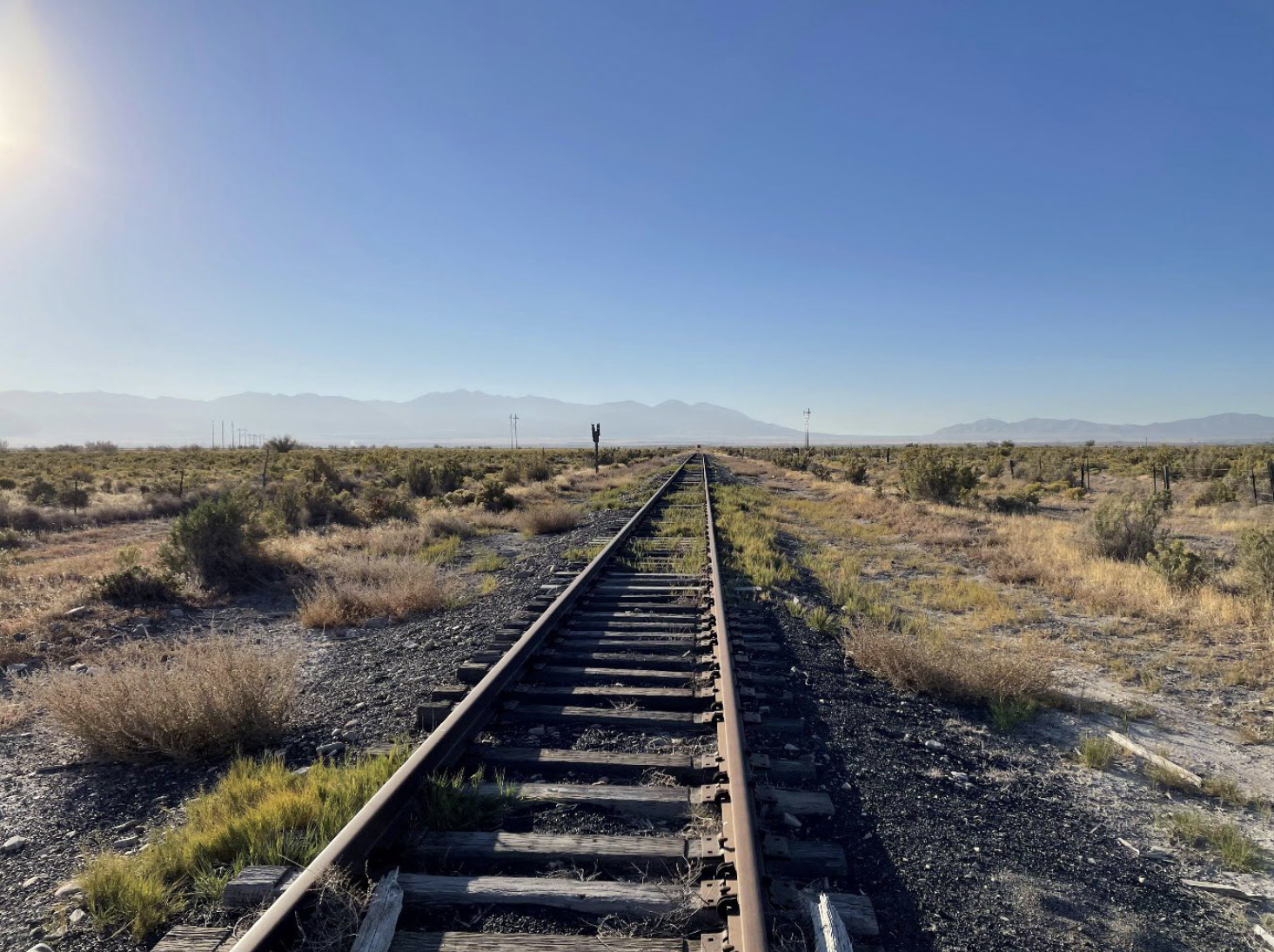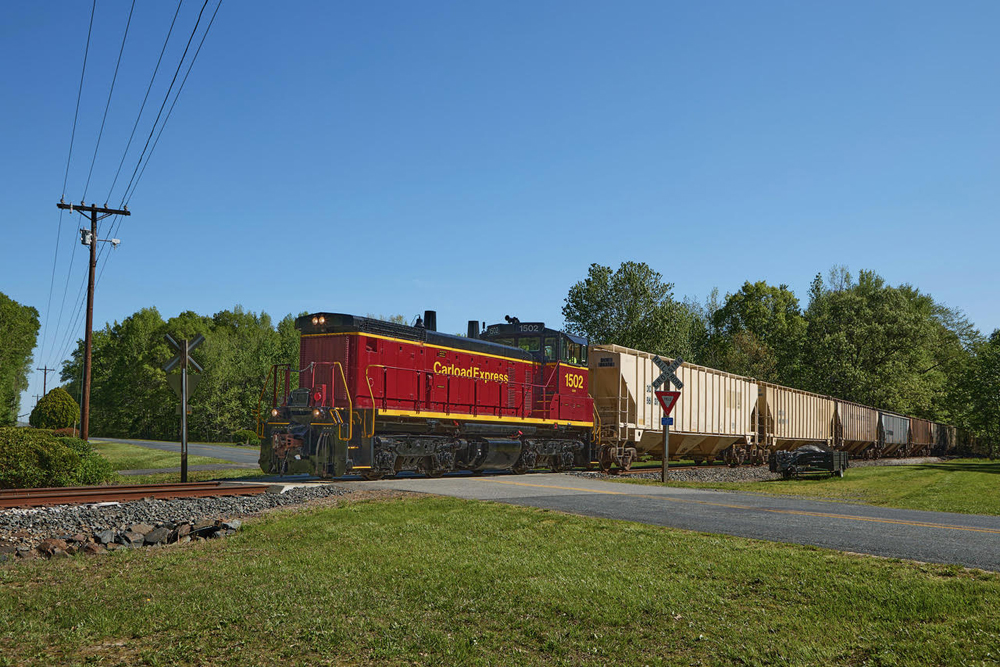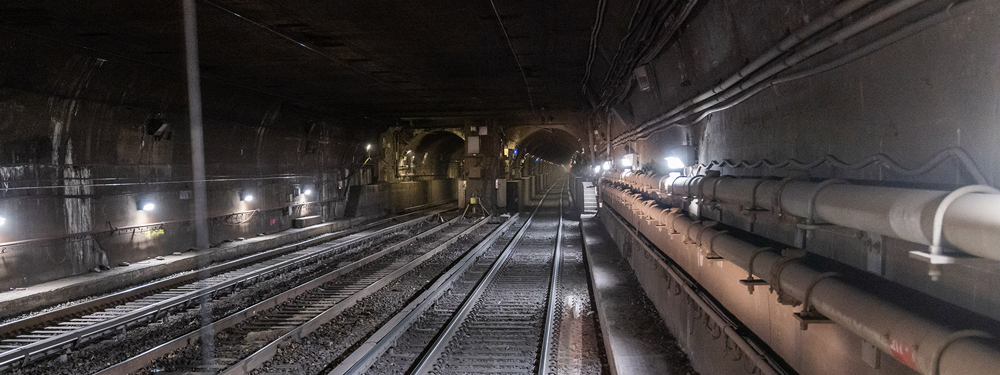“I think he and his management team took BNSF to a higher level,” says Rob Krebs, who put BNSF together and was Rose’s predecessor as chief executive. “I don’t know how it can get much better. The combination of service that they have been able to provide, together with reduction in costs that continued after I retired, made the company the leader in the United States and maybe the best freight operation in the world.”
Like a hotshot Z-train, BNSF under Rose’s leadership overtook rival Union Pacific to become the largest railroad when measured by volume and revenue. BNSF’s traffic grew at more than twice the rate of the closest U.S. railroad, Norfolk Southern. And it was second only to Canadian National in overall growth, largely due to CN’s development of the Port of Prince Rupert, B.C., into an intermodal juggernaut.
Surpassing UP – which boasts a larger network that reaches virtually every major market in the West via its own rails – was no small feat.
“It proves that BNSF is the premier rail carrier in the country,” Krebs says. “Growth is the proof in the pudding. It means two things. First, you made the necessary investments to accommodate it. And secondly, you have customers who want to use the system.”
Rose has said that beating UP was never a consideration. Instead, BNSF focuses on bringing more traffic to its railroad — whether it comes from the highway or is market share gained at UP’s expense.
Independent analyst Anthony B. Hatch says Rose has been a “seminal leader” for BNSF and for the industry thanks to his efforts to influence transportation policy in Washington.
“Under his leadership, BNSF became perhaps the leader of the railroad renaissance,” Hatch says. “He picked up on Krebs’ intermodal development and ran with it — making BNSF the pre-eminent intermodal leader in the world, really.”
Hatch credits Rose for the way BNSF redesigned service to agricultural shippers, which helped to end — or at least reduce — the century-old hostility between grain shippers and railroads.
BNSF’s philosophy is that customer service drives profitability, the virtuous cycle of reinvestment, and provides the railway with a social license to operate.
This goes against the grain of the current trend at the publicly traded Class I railroads, which is to reward investors as quickly as possible through a combination of share buybacks, cost-cutting, rate increases, and a focus on the operating ratio.
“Everybody’s desperate for profits. You can’t have sustainable profits if you don’t have good service first,” Krebs says. “And that means it takes investment and a culture that only accepts superior service and putting our customers first. And that’s what BNSF has continued to do — and it’s paid off.”
This long-term view of the business is one of the things that attracted Berkshire Hathaway Chairman Warren Buffett to take a stake in BNSF in 2006, then buy the entire railroad in 2010.
“It was a very lucky day for me and for Berkshire Hathaway when I met Matt Rose,” Buffett said in a statement. “Under Matt’s management, BNSF has become a major source of profit and pride for Berkshire. And, as a citizen, Matt has been an exemplar for corporate leadership.”
Buffett said the acquisition of BNSF, which was announced in 2009 in the depths of the Great Recession, was “an all-in wager on the economic future of the United States.”
At the time, Rose said, “We admire Warren’s leadership philosophy supporting long-term investment that will allow BNSF to focus on future needs of our railroad, our customers, and the U.S. transportation infrastructure.”
Rose since has said that BNSF continues to operate under Berkshire Hathaway ownership the same way it did as a publicly-traded company.
“I mean, at the end of the day, we still hold ourselves accountable to the same stuff we used to,” Rose said last year. “We need price. We need volume. We’ve got to be judicious with capital.”
Rose became CEO in 2000 and was named executive chairman in December 2013, when Carl Ice was promoted to chief executive. As executive chairman, Rose stepped back from day-to-day matters to focus on planning, market positioning, and public policy issues affecting BNSF and the railroad industry.
The executive chairman position was created for Rose and will not be filled upon his retirement, BNSF says.
At one time Rose was considered a possible successor to Buffett, who is 88. But earlier this year Berkshire promoted two other executives to vice chair positions, signaling they were potential replacements for Buffett and his partner, Charlie Munger, 94.
No reason was given for Rose’s retirement at age 58.
“I have been incredibly fortunate to work alongside some of the most talented people in the transportation industry,” Rose said in a statement. “Through my 26 years at BNSF — 19 in leadership — I have seen enormous change in our economy. Our company has navigated those changes well and now is extremely well positioned for the next several decades. It has been an honor to lead this organization.”
Under Rose, BNSF was a technological leader, racing out to full deployment of positive train control long before the other Class I systems. It also was an early adopter of things like drones to inspect track and bridges. And BNSF sought a labor agreement, unsuccessfully, that would have permitted the use of one-person crews on PTC-protected lines in the Pacific Northwest.
BNSF also credits Rose with developing leaders within the company, ensuring that it has a strong management pipeline. Insiders praise Rose for his people management skills. They also say he was a rare railroad CEO who excelled at all aspects of the job, from operations and marketing to finance and government relations.
Rose’s tenure was not all smooth sailing.
The harsh winter of 2013 to 2014, combined with a record grain harvest and the spike in crude oil traffic in the Dakotas, brought Chicago to a standstill and BNSF to its knees on the Northern Transcon linking the Windy City and the Pacific Northwest.
Federal regulators held hearings as shipper discontent boiled over. BNSF responded by spending $1 billion on capacity improvements, including double-track, passing sidings, and centralized traffic control.
Rose credited BNSF employees for braving brutal -30 degree temperatures to keep traffic moving. “Those were horrific conditions, but they stuck it out,” Rose said at the time.
Krebs says Rose has had a fantastic career and should be proud of his record of success at BNSF. “Matt has done a great job,” he says.















I had a chat in 2014 with the late Bob Downing who was President of Burlington Northern in the early 70’s. Mr. Downing commented positively about Matt Rose. Long story short, if Robert Downing thought highly of someone, you couldn’t ask for a better endorsement.
Mike Lustig
Berkshire Hathaway has the opportunity to simplify BNSF’s name to “Santa Fe Railway” which is more easily pronounced than the initials and the full name, Burlington Northern Santa Fe. The name, “Santa Fe Railway” is historic and more recognised as “Union Pacific” is.
They can also bring back the warbonnet paint scheme on their locomotives.
Braden, E. Hunter Harrison was VP and COO of CN at the time. I think BNSF dodged a bullet by not having EHH come on board. It’s unlikely an EHH-led BNSF would have been acquired by BH. Can you imagine how many lines would have been sold, mothballed, or abandoned? You can guarantee Raton Pass wouldn’t be there today if EHH was in charge.
Matt Rose is America’s greatest corporate head. While several other railroads flatulate around with all manner of folly, such as promising an $84 million dollar spiff to an otherwise overpaid moron, BNSF has had steady, competent leadership. For an analog, look to Detroit. FoMoCo has had revolving door leadership, continuing to this day, and the company is struggling. General Motors, on the road to bankruptcy several years ago, burned through CEOs one after the other prior to the current leader (forced on the company in Barack Obama’s single sentient act as US President) who has been brilliant. The late Sergio Marchionne rescued both Fiat and Chrysler. Prior to his untimely death a couple of months ago, Sergio put Chrysler in a good stead for the first time in six decades. Leadership counts. The man, or in GM’s case the woman, at the top makes all the difference. BNSF is one of America’s great corporations. In contrast, the other major USA railroads survive only because they’re too big to fail. As a huge fan of BNSF and of the two Canadian railroads that dominate my home county in Wisconsin, I can live my life without ever seeing the other three American biggies.
Thanks to Warren Buffet for keeping BNSF out of the claws of some short term minded hedge fund. I’m sure Matt Rose deserves a lot of the credit for that. I regreted having to sell my stock, but at least I got Berkshire Hathaway stock in return.
Boy if they would have allowed BNSF+CN back in 2000. What a juggernaut of rail system that would’ve been, but the future isn’t here just yet……
As a Fort Worth railfan, I well remember when Warren Buffet came to town for a one-nighter to seal the deal for BNSF. The Company is also a great civic entity in the community.